
- Shandong Microwave Machinery Co.,Ltd.
- To be the Leader of microwave drying and edible oil refining equipments Manufacturer
Home> Company News> Analysis of Physicochemical Characteristics of Coixed Beef Prepared by Different Processes
- AddressNo. 225, Huangqiao Village, Beiyuan, Tianqiao District, Jinan, Shandong, China
- Factory AddressNo. 225, Huangqiao Village, Beiyuan, Tianqiao District, Jinan, Shandong, China
- Phone(Working Time)+86 0531 85064681
- Phone(Nonworking Time)0086-15020017267
- Fax+ 86 0531 85064682
Analysis of Physicochemical Characteristics of Coixed Beef Prepared by Different Processes
2018-11-14 15:52:46

Abstract In order to study the physicochemical properties of yak meat obtained by different drying methods, the optimal method of drying yak meat was obtained. The yak meat was dried under constant temperature, dried under normal pressure, dried at atmospheric pressure, microwave dried under normal pressure, microwave cooked. After physicochemical properties, infrared spectral properties and surface structure, the yak beef was dried after five different drying processes, such as constant temperature drying, microwave drying and microwave drying.
The results showed that the yield of dry beef obtained by microwave cooking and microwave drying equipment was the highest (45.97±1.54)%; the water activity was the lowest (0.797±0.056), the color could maintain the color close to fresh yak meat; the degree of protein hydrolysis lowest.
Secondly, by Fourier transform infrared spectroscopy (FT-IR), the characteristic peaks of triacylglycerols changed by microwave-cooked and microwave-dried yak meat compared with freeze-drying, but the protein α-helix in beef The structure and β-sheet structure still remained good. The results of scanning electron microscopy showed that the surface of the dried beef obtained by microwave drying and microwave drying formed a dense structure, which was conducive to storage. This study is a high-quality, storage-resistant dry yak. Meat products provide a reference.
Key words: microwave dried cognac beef; physical and chemical properties; tissue structure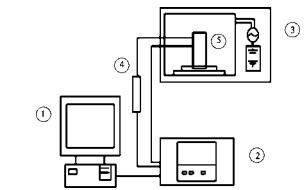
Bosgrunniens is a rare and valuable species mainly distributed in Qinghai-Tibet Plateau and surrounding areas of China. It has great development potential. Beef has rich protein and mineral content, low fat content, high nutritional value and delicious meat. However, in the current production process, the direct sale of yak meat without maturity seriously affects the quality of yak meat, and because Tibet is far from inland, preservation and transportation are the main factors limiting Tibetan yak meat consumption for mainland consumers. It is difficult for consumers to eat this delicious and nutritious beef.
Therefore, in Tibet, yak meat is often made into dried products such as dried meat, which is beneficial to the preservation of the product and to the long-term and long-distance transport of the yak meat. There are many ways to dry yak meat, but most of the current production uses natural air drying. Luo Zhang et al. studied the effects of natural lyophilization on the nutrition and flavor quality of yak meat. It was found that the gluten beef treated by natural lyophilization has a large loss of nutrition and flavor. Therefore, it is necessary to explore a nutrition and flavor of beef. Lower loss drying techniques are used to solve current problems.
Microwave heating has the advantages of fast heating speed, uniform heating, high utilization rate of heat energy, etc. It is used by food processing enterprises and families. Microwave heating and drying can better maintain the original material composition, color, aroma, taste and nutrient content and flavor in the material. At the same time, microwave drying itself has a sterilization function, which is easy to achieve automatic control. Xia Yannan and others found that some foods containing heat-sensitive nutrients can be well protected by microwave drying. Compared with constant temperature drying, microwave drying has the advantages of energy saving, high production efficiency, uniform drying and clean production.
Based on this, this experiment studied the use of boiled and microwave-heated cooked yak meat, and then microwave drying and atmospheric drying, from the product's water activity, yield, color, tissue structure and other aspects of product quality, will be modern Microwave technology is applied to the processing of yak meat, aiming at obtaining the best yak meat drying process and products, providing reference for the development of plateau yak beef dry products and improving the storage and preservation performance of yak meat products.
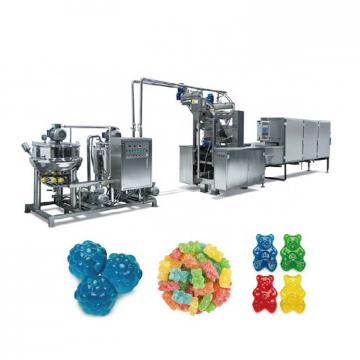 High efficiency food beverage factory stone paper production line
High efficiency food beverage factory stone paper production line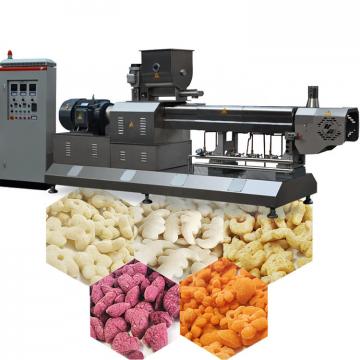 Factory price Fully automatic Machine PP/PS Plastic Sheet Production Line
Factory price Fully automatic Machine PP/PS Plastic Sheet Production Line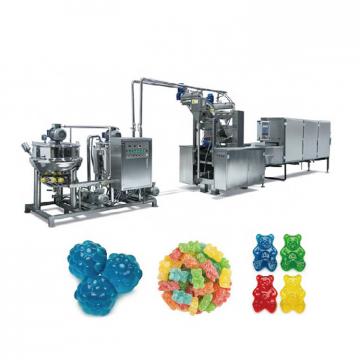 used deformered bar rolling mill production line
used deformered bar rolling mill production line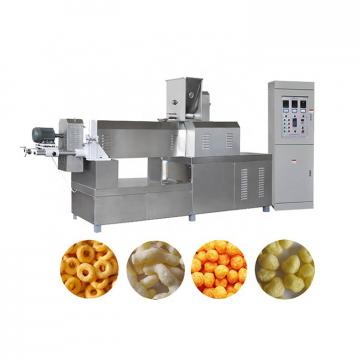 Manufacturing plant automatic factory puffed sticky rice cracker production line
Manufacturing plant automatic factory puffed sticky rice cracker production line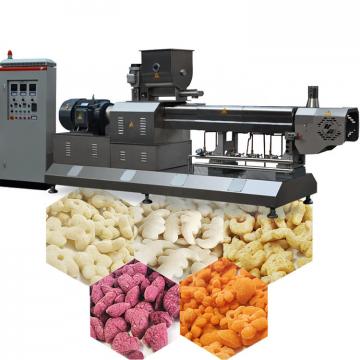 Production Line Pp Ppr Plastic Pipe Making Machine 20-63mm Multi-layer Extrusion Production Line For Water Supply
Production Line Pp Ppr Plastic Pipe Making Machine 20-63mm Multi-layer Extrusion Production Line For Water Supply